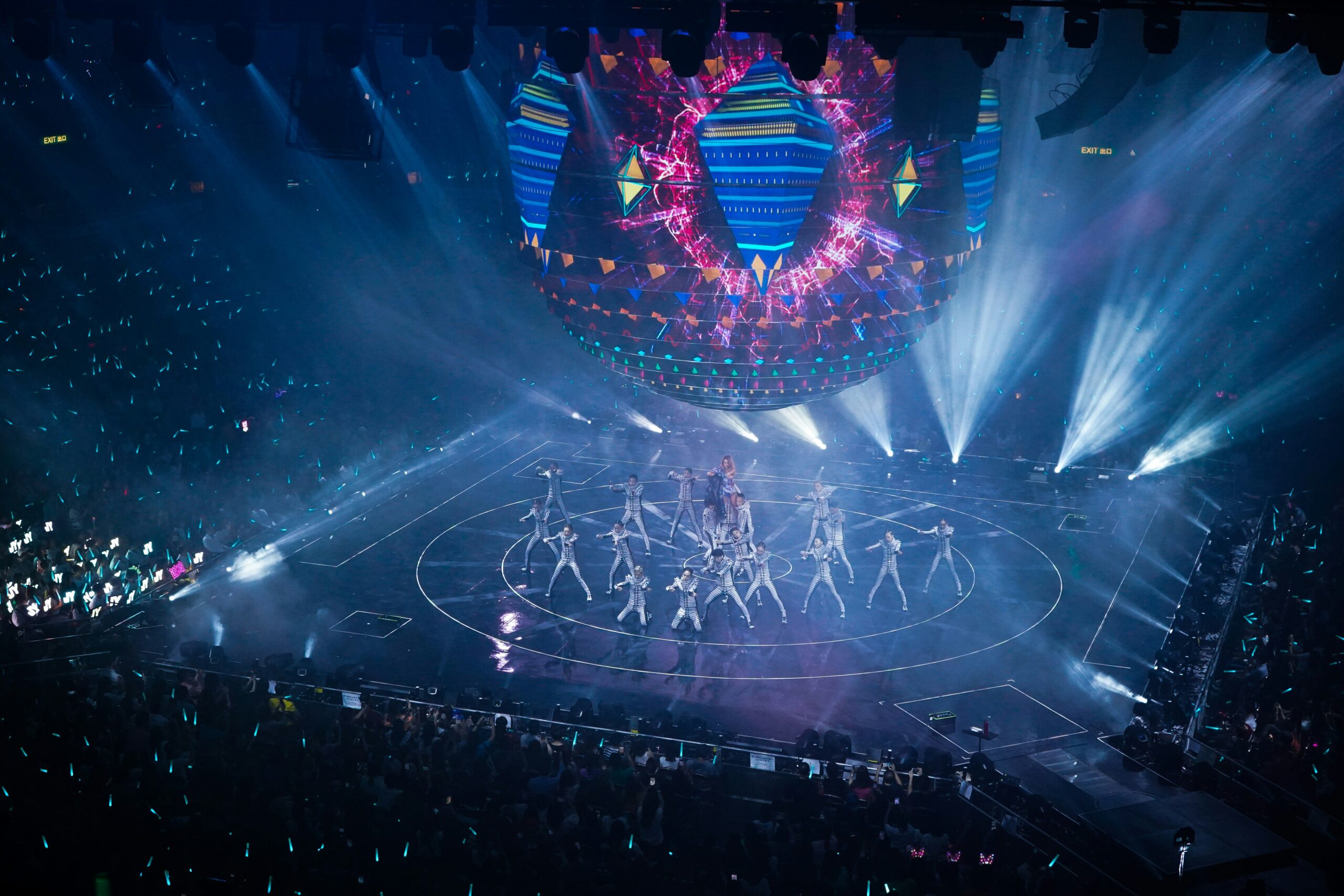Article in partnership with Day Translations.
As someone who worked as a remote transcriber for a number of years, I can vouch for the fact that it is a labour-intensive, time-consuming task. No wonder that companies moved to automated transcriptions in an effort to save money, although, as usual, that meant that some of the people who relied on transcription jobs ended up not being booked anymore.
As a rule of thumb, human transcribers can take between three and four hours to transcribe one hour’s worth of audio. Longer times may be necessary for technical language, to check the spelling of names and if some parts of a file are barely audible or if there is background noise that interferes with what is being said. This means that the transcriber has to replay the same part of an audio file over and over to make sure the correct meaning is captured and typed.
There are many advantages to remote transcribing for organisations of all types and this is particularly true when it applies to multiple languages.
What Is Remote Transcribing?
There are various apps that offer remote transcribing with different business models. Some may come with a free version, which has fewer options and limited functionality, and premium or subscription services.
For example, free versions of transcribing services via an app can limit the number of documents rendered or the length of time of a spoken (or dictated) file, or the word count of the transcription. In such cases, small audio files can be easily transcribed for free but something like a long speech will cut off after the time limit is exceeded.
How Does Remote Transcribing Work?
Most remote transcribing apps work by asking the user to upload a sound file, which is then converted from speech to text and rendered into a document that is then ready to be downloaded. The user can then edit and format the document according to their own requirements.
The process of converting speech to text can take just a matter of seconds as an Artificial Intelligence engine converts the audio file into a document.
As the process is automated, the user still needs to go through the rendered text to check for accuracy and make the necessary edits. Things to look out for that may need editing and correcting include repetitions and pauses with filler sounds, phrases that have a start but no ending, spellings of names and places. These items require going through and changing if they are incorrect or they stop the flow of a speech or presentation.
Transferring audio files for transcription may also change their output quality as sound is compressed at a lower quality. The transcription software may use approximation to offer alternatives to inaudible words or leave them out completely.
How Does Remote Transcribing in Multiple Languages Work?
Multilingual remote transcription apps can detect when there is more than one language being spoken and which language it is.
However, this type of automation can have its shortfalls: the app may not recognise all the languages being spoken or the speakers may have an accent or speak in a regional dialect that is not detectable or recognised by a machine.
Machine learning relies on existing data sets matching words with sounds. This can get more complicated for languages other than English, which has larger amounts of data and therefore higher levels of accuracy. Transcribing works on approximation, as the machine “guesses” which language is being spoken at first and then what words are being said.
There is still a lot of input required from translators to improve the quality of multilingual transcriptions. Large companies relying on transcriptions enrol native speakers to perform quality assurance of texts, checking for errors and reporting back providing corrections and suggestions for improvement, as well as labelling information to provide context.
The human input is particulary important for items containing confidential and/or sensitive information. This type of transcription may be offered to clients as a premium service.



